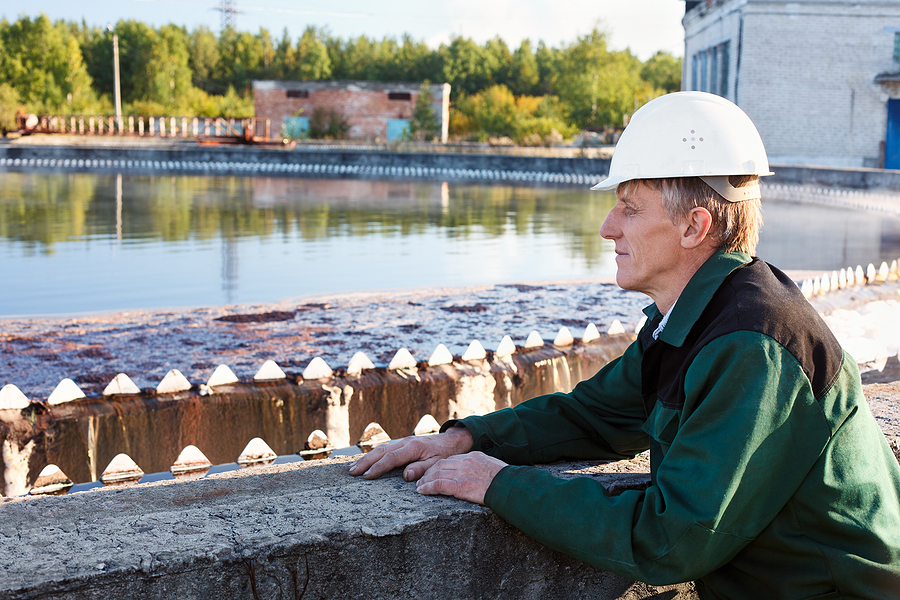We’re seeing changes both big and small with emerging wastewater treatment regulations. From increased pressure to address some of the bigger issues with wastewater treatment to the adoption of innovative technologies in the wastewater treatment industry, each change in regulation is important for maintaining clean, sustainable water resources while continuing to meet global industrial needs.
Strict Effluent Standards
Effluent standards are put into place to regulate the level of allowable pollutants that can enter the environment through wastewater. Governments are tightening regulations around the thresholds for wastewater pollutants. This includes common contaminants like heavy metals and chemicals, but also others that you might not think of as being dangerous.
Nutrients, such as phosphorus can be problematic. The same is true for nitrogen. Current regulations are pushing for lower concentrations of phosphorus and nitrogen to be released into the water. The issue here is that excess nutrients overfeed algae and plant life, leading to damaging overgrowth.
Reuse and Recycling Mandates
Water scarcity is a growing concern. As we begin to look toward solutions, wastewater treatment is emerging as one possible answer. Regulations regarding the reuse and recycling of treated wastewater have the potential to change the course of water scarcity in regard to agriculture and other industries.
We’re already seeing changing regulations in California to increase wastewater reuse. On a global scale, Singapore has been a leader in putting initiatives in place to recycle wastewater into potable water.
If the idea of wastewater as potable water sounds unsanitary, rest assured that filtration and disinfection technologies have kept pace and are capable of safely and effectively purifying wastewater.
Emerging Contaminant Regulations
Today, we’re seeing an increasing focus on wastewater contaminants that have not previously been prioritized. For example, the growing concern over the level of PFAS in wastewater is catching widespread attention.
As a result, the Environmental Protection Agency has begun regulating PFAS in drinking water. As a natural consequence, wastewater treatment facilities are in a position to both test their wastewater product for levels of PFA and adopt new methods to reduce or eliminate them.
We can expect to see more changes like this in emerging regulations as more attention is brought to the levels and potential dangers of chemicals in our water supplies.
Impacts of Regulations on Treatment Technologies
The goal of emerging regulations is to provide overall cleaner wastewater and lessen the burden on the environment, water supplies, and human health. The impacts of these efforts are far reaching and require new technologies to keep up with the increased demands.
As a result, we’re seeing innovation in wastewater treatment technologies. Membrane bioreactors combine the efficiency of membrane filtration systems with biological treatments to meet the demands of stricter regulations, without increasing the burden on the environment. Innovations in technology that allow for safe, clean, and efficient water recycling is also an exciting area of interest in the wastewater treatment sector.
Challenges in Meeting New Regulatory Demands
The shifts in regulations to protect our water, health, and environment are important. As the world around us changes, so must our approach to meeting tighter regulations. These regulations are overall positive movements for the future, but this doesn’t mean they don’t come without challenges.
For example, technological limitations can pose a challenge. The removal of contaminants like PFAS is extremely difficult with current technology. The industry needs solutions that are not only effective, but also affordable enough to be adopted on a large scale.
There are also concerns as to how smaller wastewater treatment facilities, that might be operating with older technology and reduced budgets, will be able to adapt without significant stress on their operations.
What the Future of Wastewater Treatment Looks Like
So, what does the future of wastewater treatment look like with all of these emerging regulations and changes in the industry? With new regulations comes a shift toward sustainability and energy-neutral treatment facilities. Green energy technology is coming into focus and new innovations are on the horizon.
Water reuse is an area we’re expecting to see become a priority in wastewater management strategies. This includes moving toward more closed-loop systems, which are key for water recycling.
There’s also the potential for artificial intelligence and machine learning to play a more prominent role in improving wastewater treatment processes, making them more efficient and more cost-effective while meeting tighter regulations.
Final Words
Emerging regulations are shaping the future of wastewater treatment. New regulations are pushing the industry as a whole to look more closely at sustainable practices and developing innovative ways to approach purification. We see emerging regulations as being the force that drives innovation and beneficial changes in wastewater treatment. Contact us today to learn more!








